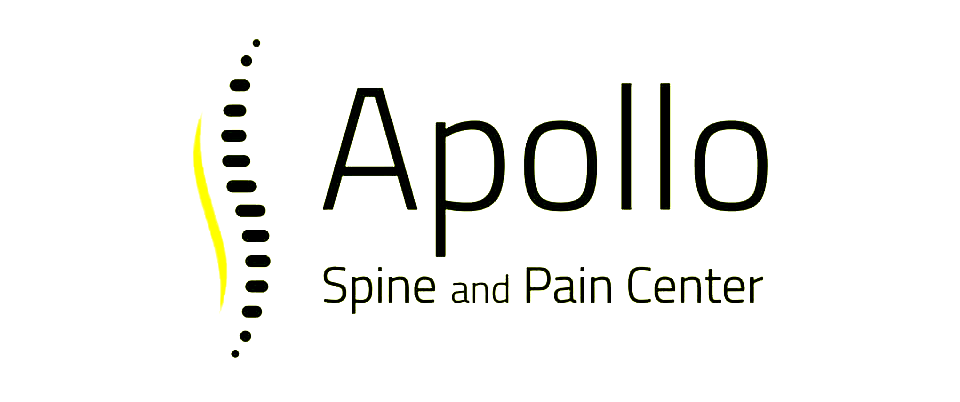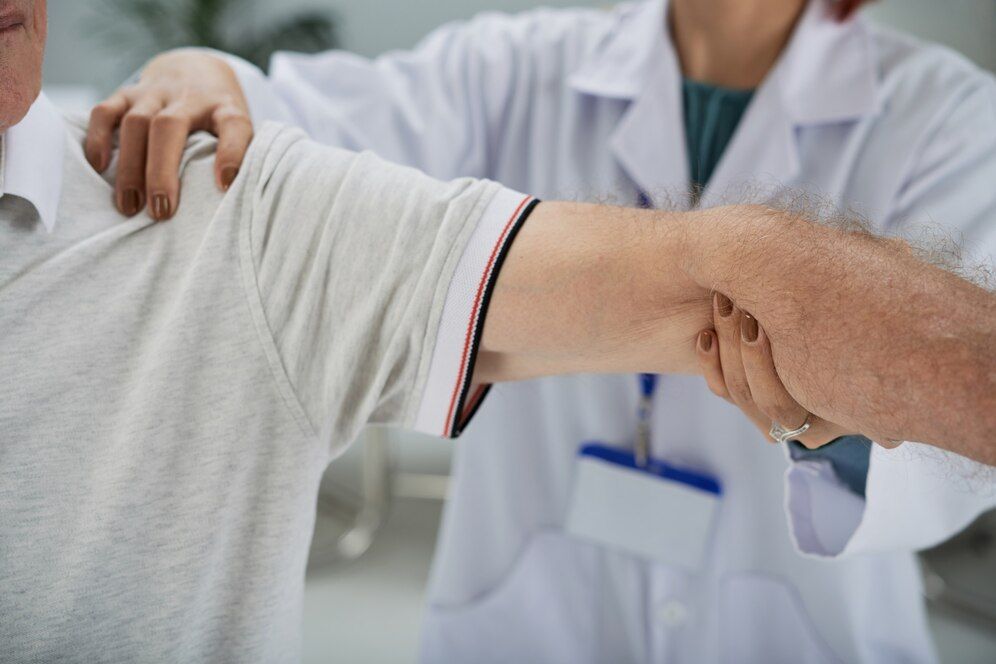Rehabilitation from Sports Injuries: Pain Management
Recovering from sports injuries is a crucial part of an athlete’s journey, but it often comes with significant pain and challenges. Sports injuries can range from minor sprains and strains to severe conditions like fractures and ligament tears. Each type of injury demands a specific approach to rehabilitation, and managing the associated pain is a critical component of this process. Without effective pain management, the recovery process can be prolonged, and the risk of re-injury may increase.
Pain management plays a pivotal role in rehabilitation, as it helps control inflammation, decrease pain, and enhance the body's natural healing processes. Innovations in pain management have provided athletes with numerous options to aid recovery, including medication, interventional techniques, and integrative therapies. These advanced methods not only alleviate pain but also facilitate faster and more effective healing, allowing athletes to return to their sports with improved performance and reduced risk of future injuries.
By understanding the science of pain and employing innovative pain management strategies, we can create personalized rehabilitation plans that meet the unique needs of each athlete. This approach ensures that every step of the recovery process is optimized, providing a holistic solution to sports injury rehabilitation. Stay tuned as we explore how pain management innovations can transform your rehabilitation journey and help you get back in the game stronger than ever.
Understanding Common Sports Injuries: Types and Impact on Athletes
Sports injuries can occur in a wide range of activities, affecting both amateur and professional athletes. Common types of sports injuries include sprains, which are injuries to ligaments; strains, which affect muscles or tendons; and fractures, which are breaks in bones. Additionally, athletes often experience dislocations, where a bone is forced out of its joint, and tendinitis, which is inflammation of the tendons. These injuries can result from acute trauma, such as a fall or collision, or from overuse, where repetitive motions cause stress to specific body parts.
The impact of these injuries on athletes can be profound. Not only do they experience physical pain, but their performance and participation in sports can be significantly hindered. For professional athletes, this can mean time away from their sport, loss of income, and even a shortened career span. Moreover, the psychological effects should not be overlooked; dealing with an injury can lead to feelings of frustration, anxiety, and depression. Understanding the types and impacts of these common sports injuries helps lay the foundation for effective pain management and rehabilitation strategies.
The Role of Pain Management in Rehabilitation
Pain management is a critical component of the rehabilitation process for athletes recovering from injuries. Effective pain control enables athletes to engage more fully in physical therapy and other rehabilitation activities, thereby accelerating the healing process. Pain relief allows for better movement, quicker returns to training, and helps prevent the atrophy of muscles and joints that can occur with prolonged immobility.
There are several methods utilized in pain management for sports injuries. Medication, such as nonsteroidal anti-inflammatory drugs (NSAIDs), can reduce inflammation and provide symptomatic relief. For more severe pain, opioids may be prescribed, but with caution to avoid dependence. Beyond medication, interventional techniques like nerve blocks or epidural steroid injections offer targeted relief. These methods temporarily disrupt pain signal transmission, providing much-needed respite and allowing other therapeutic modalities to take effect. Understanding and implementing effective pain management strategies is essential to optimizing rehabilitation outcomes for injured athletes.
Contact us to discover tailored solutions for optimizing recovery from sports injuries.
Innovative Pain Management Techniques for Faster Recovery
Advancements in pain management have introduced several innovative techniques that help athletes recover more quickly from injuries. One such method is regenerative medicine, particularly Platelet-Rich Plasma (PRP) therapy. PRP involves injecting concentrated platelets from the patient's own blood into the injured area to accelerate healing. The growth factors in PRP stimulate tissue repair and reduce inflammation, leading to quicker recovery times and less pain.
Another cutting-edge approach is the use of local anesthetic nerve blocks. These injections target specific nerves and provide temporary, but effective, pain relief. This technique is especially useful for acute injuries, allowing the injured area to heal while minimizing discomfort. Additionally, radiofrequency ablation can offer lasting pain relief by using heat to disrupt pain signals from nerves, providing relief that can last several months or even longer.
Complementary techniques, such as electrical stimulation and cold laser therapy, are also valuable in managing pain and promoting healing. Electrical stimulation uses low-level electrical currents to reduce pain and improve muscle function, while cold laser therapy employs low-intensity laser light to reduce inflammation and stimulate tissue regeneration. Together, these innovative methods offer a well-rounded approach to pain management for sports injuries.
Integrating Pain Management with Physical Therapy for Optimal Results
For optimal rehabilitation, it’s essential to integrate pain management with physical therapy. Physical therapy not only helps restore strength and mobility but also plays a vital role in easing pain. By pairing pain management techniques with physical therapy, athletes can achieve more comprehensive rehabilitation outcomes. This integrated approach ensures pain is controlled efficiently, allowing athletes to engage more fully in physical therapy exercises without discomfort or fear of re-injury.
Specific physical therapy programs are designed to address the unique needs of different sports injuries. These programs incorporate stretching, strengthening, and mobility exercises that target the injured area. By working with pain management specialists and physical therapists concurrently, we can tailor these programs to the individual's pain levels and progress in real-time.
Additionally, incorporating mind-body practices such as mindfulness, meditation, and relaxation techniques can further enhance rehabilitation outcomes. These practices help manage stress and anxiety associated with injuries, contributing to overall pain reduction and faster healing. This holistic approach ensures that athletes are not only physically but also mentally prepared to return to their sport.
Conclusion
Effectively optimizing rehabilitation from sports injuries requires a comprehensive approach that combines innovative pain management techniques with targeted physical therapy. By understanding the types and impacts of common sports injuries, we can tailor rehabilitation plans that address the specific needs of each athlete. Innovative methods such as PRP therapy, nerve blocks, and cold laser therapy offer significant advances in pain management, allowing for faster and more effective recovery.
Integrating these pain management techniques with physical therapy programs ensures that pain is controlled, and the focus remains on rebuilding strength and mobility. This holistic approach to rehabilitation not only reduces recovery time but also minimizes the risk of re-injury, helping athletes return to their sport stronger and more resilient.
If you’re dealing with a sports injury and need a tailored
pain management plan to optimize your recovery, contact Apollo Spine and Pain Center today. Our team of specialists is dedicated to providing innovative and effective solutions to help you get back in the game.












